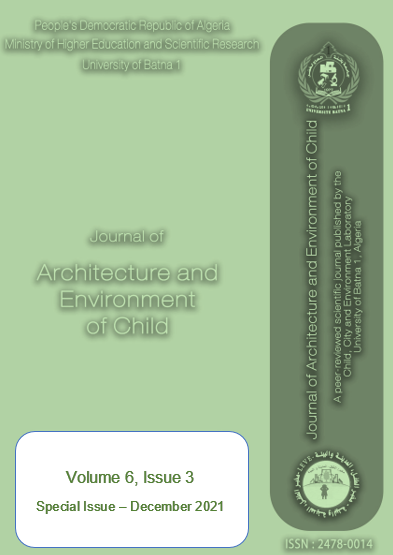Building Height As A Tool For Environmental Urban Control
Keywords:
Thermal confort, Urban microclimate, Urban heat island, Radiat temperature, AmmanAbstract
Environment affects the life of residents in terms of their physical and mental health. Many studies have shown that building design elements affect the urban thermal environment.
Building regulations: setbacks, building height and building footprints, strongly influence urban form. Consequently, urban planning regulations have a great impact on the urban microclimate.
The geometric form of the urban canopy layer greatly influences the urban climate, while climate-conscious urban planning and design in developing countries is scarce. By increasing urban densification, a strategic development framework is required for sustainable developments, which among others ensures a thermally desirable microclimate.
This study, tries to link field measurements and simulations of the urban microclimate in residential areas in Amman city, as affected by the relationship between building height and urban regulation in two selected study areas, by using ENVI- met program to simulate Air temperature, Radiant temperature and Relative humidity.
The research concluded that by decreasing the height of residential buildings a decrease in air temperature and mean radiant temperature would occur due to the increased percentage of shaded areas.

